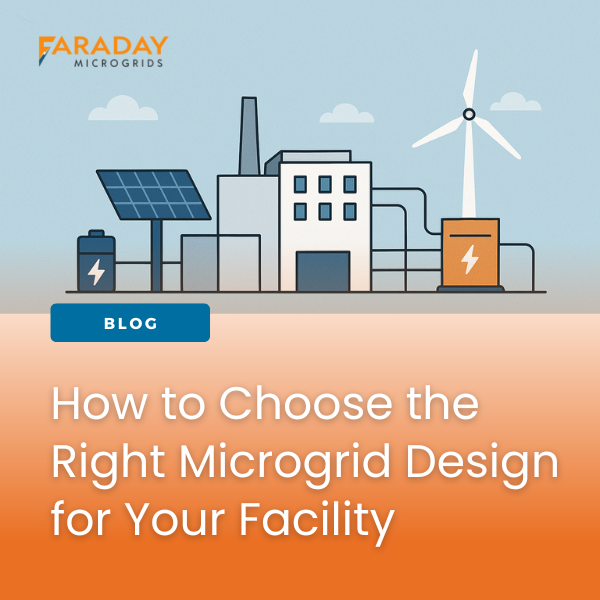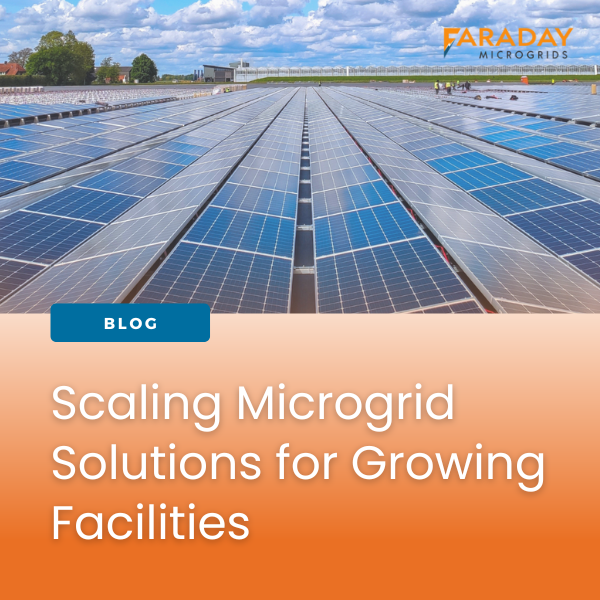If you’re exploring a microgrid for your facility, you’re likely driven by one or all of three priorities: lowering energy costs, ensuring power reliability, and meeting sustainability goals. But choosing the right microgrid design isn’t one-size-fits-all. It starts with asking the right questions and working with a partner who tailors the solution to your facility’s specific needs.
1. Define What Matters Most
Start with two questions:
- How much do energy costs impact your business?
- How critical is uninterrupted power to your operations?
If you’re seeking both backup power and savings, you’re looking at value stacking, an approach that microgrids are uniquely suited to deliver. For organizations committed to sustainability or hedging against rising utility rates, pairing solar and battery systems can offer long-term financial and environmental returns.
2. Understand Your Load Profile
Designing an effective microgrid begins with understanding your daily operational loads and emergency power requirements. Facilities like hospitals, data centers, and cold storage operations can’t afford downtime, so the system must be right-sized for both routine use and worst-case scenarios.
3. Plan for Today – and Tomorrow
A good design doesn’t just match today’s infrastructure; it anticipates future growth. Whether you’re expanding operations or shifting your energy mix, your microgrid should be flexible enough to scale.
4. Customize by Facility Type
Different sectors have different needs:
- Healthcare: Critical power continuity and regulatory compliance
- Data centers: No tolerance for voltage drops or outages
- Food storage & processing: Temperature control and refrigeration uptime
At Faraday, we assess these requirements and build custom energy systems that align with your operational and financial goals, not a generic off-the-shelf solution.
5. Avoid the Common Pitfalls
Many organizations make the mistake of chasing technology without strategy. Overbuilding, underestimating emergency loads, or ignoring utility interconnection rules can derail your project before it begins.
Faraday Makes It Simple
We guide you from assessment to operation with a clear, three-step plan:
- Engage & Assess: We evaluate your energy profile and define the best-fit solution.
- Design & Deploy: Our team handles everything—permitting, engineering, and construction.
- Operate & Optimize: You enjoy reduced costs, reliable power, and a resilient energy future.
📍 Ready to design a microgrid that fits your facility—not just the market?
Talk to Faraday today and start planning your energy independence.





